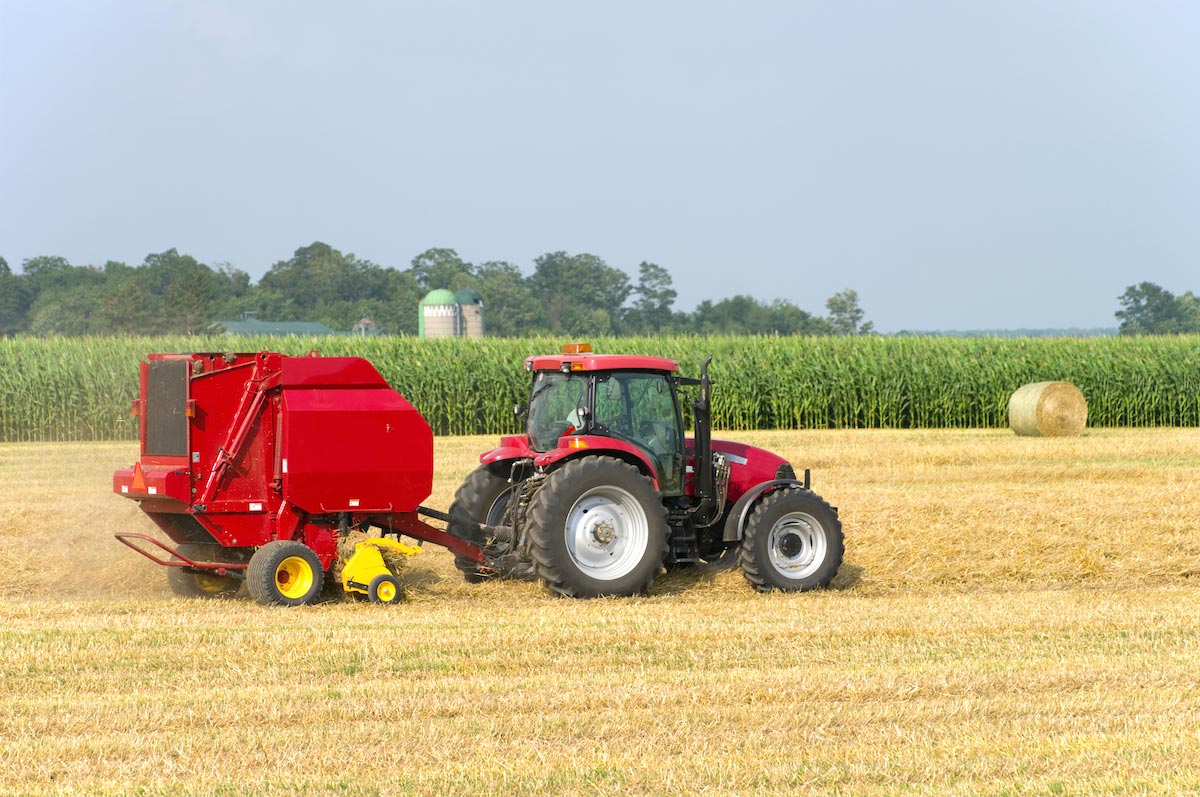California’s Central Valley food production found responsible for shocking amount of air pollution
02/15/2018 / By David Williams

A new study that was conducted by researchers from the University of California, Davis recently concluded that a large part of the nitrogen oxide pollution found in California comes from a rather unexpected source: Heavy fertilizer use in the California Central Valley region, which is said to be the source of more than half of the U.S. for fruits, nuts, and vegetables. This is based on information gathered by the researchers after looking at data collected from various flights in the region.
According to the authors, there is a growing concern about the levels of harmful gases in the air in California. “The effect of large soil nitrogen oxide emissions on air quality and human health remain unclear,” they explained, “but the magnitude of the flux alone raises concern about its potential impact, particularly in rural California.” The study was recently published in the journal Science Advances.
The researchers gave a specific number relating to the amount of nitrogen oxide in the air that is due to heavy fertilizer use — as much as 41 percent. That is, almost half of all the smog-causing nitrogen oxide found in the state can be traced back to heavy fertilizer use in Central Valley. They were clear to mention that not all of the nitrogen oxide came from soil emissions — some of it were also pumped into the air through the burning of fossil fuels and car exhaust.
In order to arrive at their conclusion, the researchers gathered data from flights that went over the farming region and put it all through for analysis along with computer models. What they found was that between 25 percent and 41 percent of all the nitrogen oxide emissions in the state came from farm soils where nitrogen-based fertilizers were used. It is said that the fertilizers end up simulating soil microbes that are capable of converting nitrogen, normally an essential plant nutrient, into nitrogen oxide.

Despite their fairly problematic findings, the study doesn’t view the results of their research negatively. According to the study’s lead author, Maya Almaraz, all that’s necessary is to adapt to the current situation in order to make the most of the available resources and minimize the problems that can be caused by the known issues. “We need to increase the food we’re making. We need to do it on the land we have,” she explained. “But we need to do it using improved techniques.”
As one potential solution, the researchers pointed towards slow-release fertilizers which help to reduce total emissions. Another idea is the implementation of healthy soil efforts in order to increase the uptake and retention of nutrients for crops that are being planted. The researchers also referred to the method known as precision agriculture, which means more discriminate applications of fertilizer.
No matter what actual solution ends up being used in the end, it’s important to remember that there should only be one end goal in mind, said the researchers. And that is to simply “bring the latest nutrient management technologies to farms” to freely “produce more food efficiently, increasing their bottom line and improving rural health.” While probably doable, it’s likely going to take some effort to make possible. So it’s best to get started on doing it now.
Read up on other ways that experts are changing the farming industry at Food.news.
Sources include:
Submit a correction >>
Tagged Under:
agriculture, California, Central Valley, chemical agriculture, chemicals, Chemistry, farming, fertilizer, nitrogen oxide
This article may contain statements that reflect the opinion of the author





















